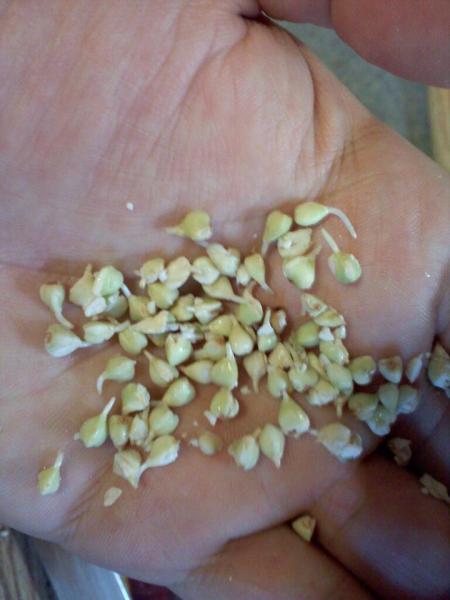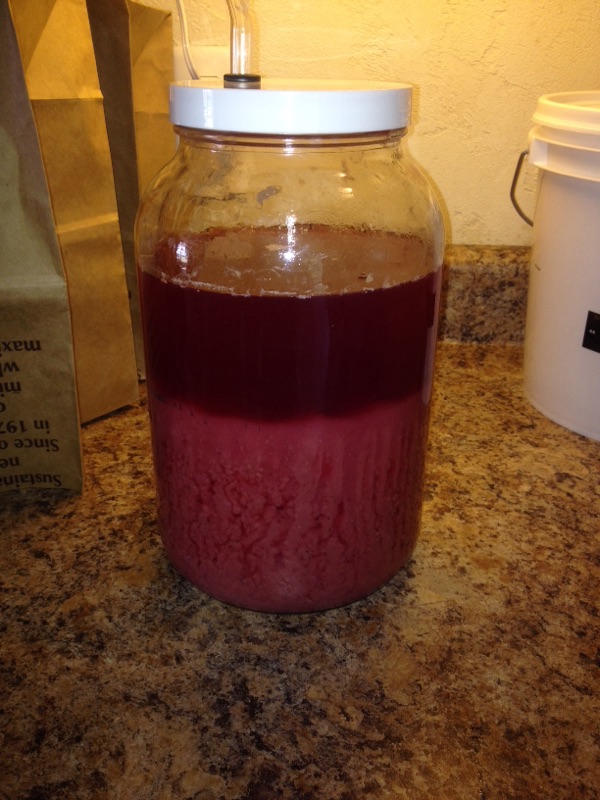PattyC
Well-Known Member
So I am attempting to make a GF beer for a friend with a gluten allergy. I have a copy of Brooklyn Brew Shop's Beer Making Book for small batches, which has several GF recipes in it.
You can find the sprouting and mash process here: Brooklyn Brew Shop's Beer Making Book: 52 Seasonal Recipes for Small Batches - Erica Shea, Stephen Valand, Jennifer Fiedler - Google Books
The 1-gallon recipe goes like this:
1.4 lbs. whole raw buckwheat
1.4 lbs. beets, peeled and grated
.2 lbs. rice hulls
1 cup packed light brown sugar
.1 oz. EKG
.2 oz. Amarillo
1/2 packet Nottingham
3 Tablespoons honey for bottling
I bought 3.5 lbs. raw buckwheat groats that I plan to sprout, so obviously I'm more than doubling the recipe. Does anyone have experience with any of these ingredients, besides the hops? Are the rice hulls necessary? I thought those were to prevent stuck sparges, but I'll be doing BIAB on the stovetop for my 2.5 gallon batch.
I must say I have no idea what kind of flavors this will impart with the beets and brown sugar included, but I'm looking forward to experimenting. All you GF brewers out there, help a GF newbie out!
You can find the sprouting and mash process here: Brooklyn Brew Shop's Beer Making Book: 52 Seasonal Recipes for Small Batches - Erica Shea, Stephen Valand, Jennifer Fiedler - Google Books
The 1-gallon recipe goes like this:
1.4 lbs. whole raw buckwheat
1.4 lbs. beets, peeled and grated
.2 lbs. rice hulls
1 cup packed light brown sugar
.1 oz. EKG
.2 oz. Amarillo
1/2 packet Nottingham
3 Tablespoons honey for bottling
I bought 3.5 lbs. raw buckwheat groats that I plan to sprout, so obviously I'm more than doubling the recipe. Does anyone have experience with any of these ingredients, besides the hops? Are the rice hulls necessary? I thought those were to prevent stuck sparges, but I'll be doing BIAB on the stovetop for my 2.5 gallon batch.
I must say I have no idea what kind of flavors this will impart with the beets and brown sugar included, but I'm looking forward to experimenting. All you GF brewers out there, help a GF newbie out!





